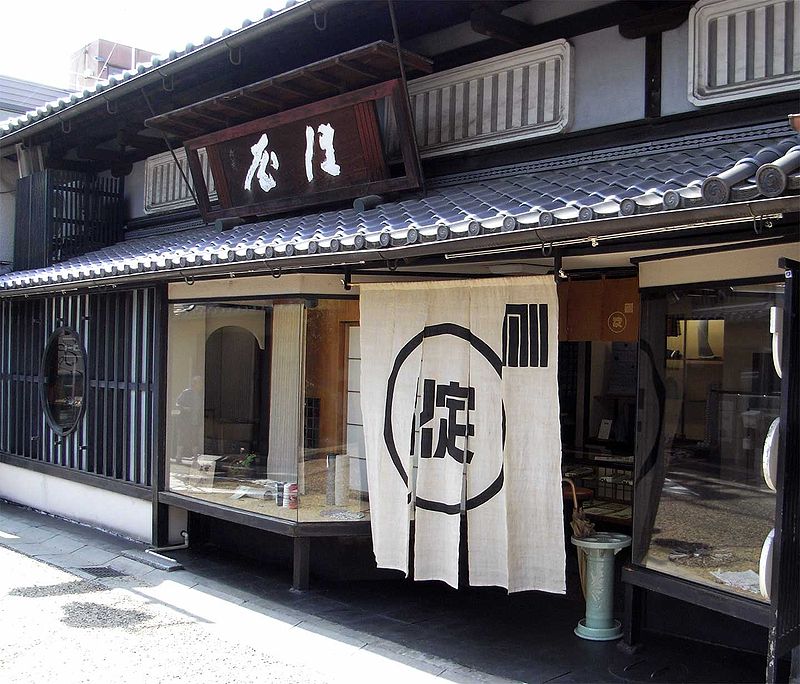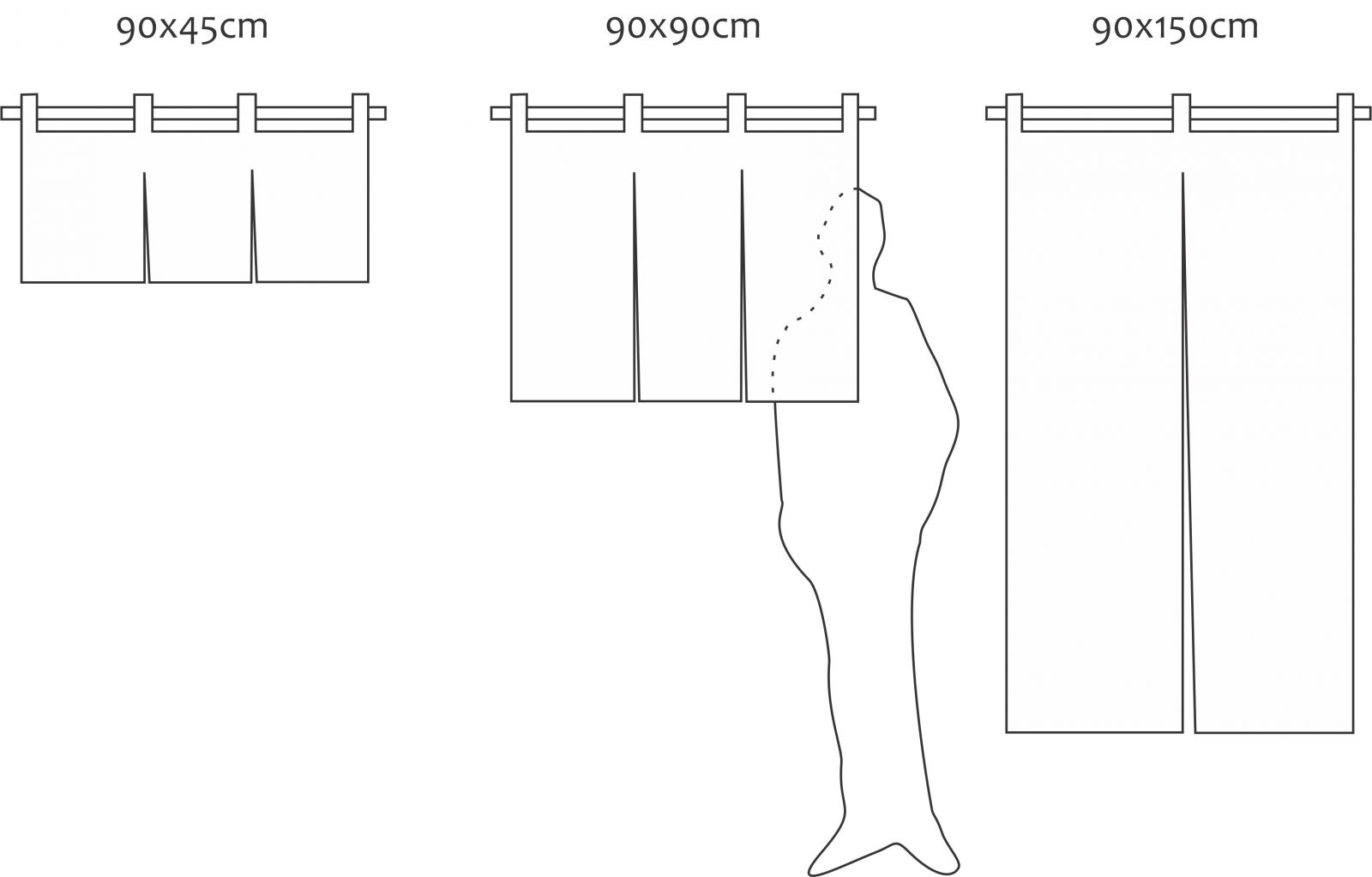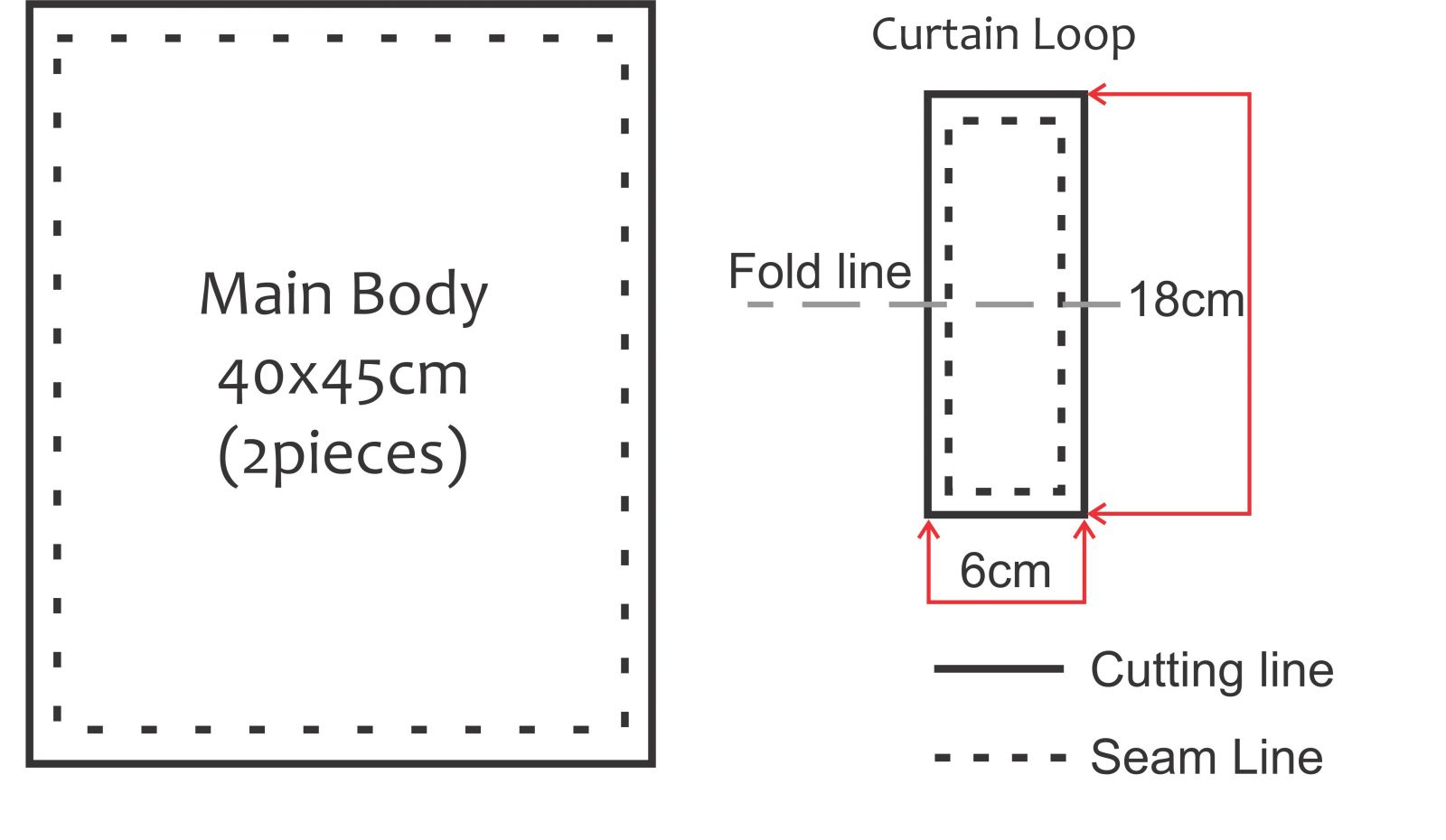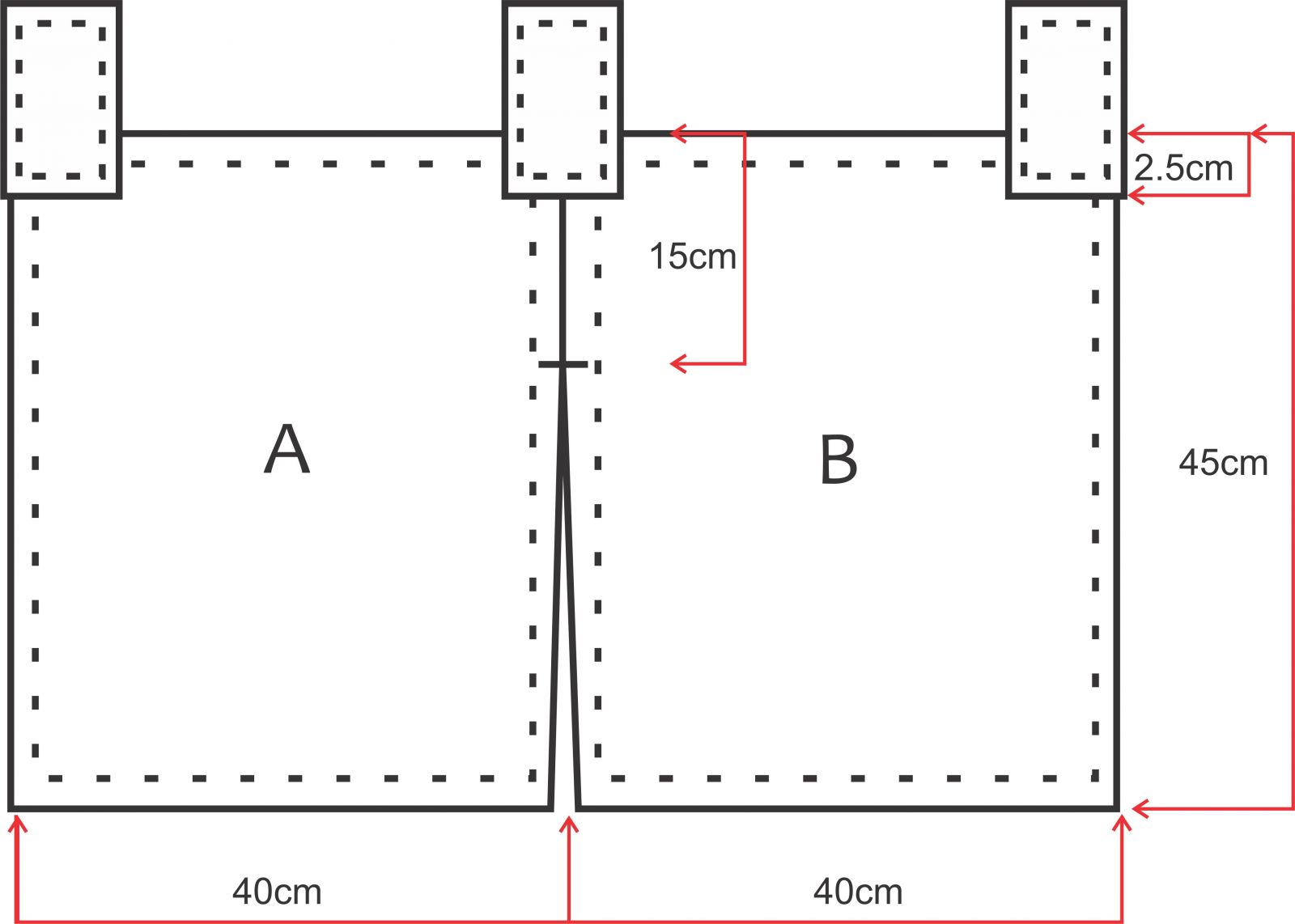Make Your Own Noren!
In this week's post Ricelli Laplace introduces a small entryway idea that can add a touch of Japanese style to your house exterior.

A traditional fabric shop in Nara with a noren in front of the entrance. Image by CC BY-SA 2.5
One of the most common characteristics of a Japanese house is the adaptability it derives from the use of lightweight partitions. One example of these partitions is noren (暖簾), a traditional split curtain made of cloth that can be easily installed or removed. It can divide the space into bigger or smaller units, or serve as a sign at the entrance to a room or building.
Walking around Kyoto, you can see a lot of shops that have their own special noren with the shop’s name written in Chinese characters at the entrance. It’s a traditional way for commercial establishments to indicate if they are open or not. If the noren is hanging outside, the store is open, if it is inside the store, then it’s closed. Different types of establishment are distinguished by the characters printed on their noren. For example, if you are tired from walking all day and you need to relax and unwind, you can just look for a noren with the symbol ゆ or “yu” on it. It marks the entrance to a public bath house called a sento, where you can have a nice hot soak.

A noren with the ゆ sign, marking a bath house in Yoyogi, Tokyo. Image by Udono (CC BY 2.0)
Some shops like this are old and traditional, but new shops use noren too, and this shows that this aspect of Japanese culture and design is still alive and thriving in the modern age.
If you would like to make your own noren for your apartment or house, all you need is fabric, thread and a curtain rod. First of all, measure the width of the door or corridor where you want to hang your noren. Then choose a pattern. Here are three different patterns that are often used.

A noren has two principal pieces, the main body and the curtain loop. After deciding the pattern, it’s time to cut the pieces. Cut out the main body and the loops, and align them carefully. You can either use one piece of fabric, or cut two equal pieces and sew them like a sandwich.

Join the main body A and B, by stitching 15 cm down from top, and leave the rest open. The central loop should be aligned with the central line where the pieces join, while the other loops should align with the edge of the fabric. Fold the loops in half and sew them to the curtain 2.5 cm from the top of the main body.

You can use a sewing machine, or sew by hand. It will depend on whether you want a more rustic or refined look. But either way, now you have a noren to give your house a taste of Japan, or you can present your friends with a nice original handmade piece of Japanese art.
Ricelli Laplace is a senior researcher at Kyoto University's Graduate School of Global Environmental Studies.
See also: Doors of Kyoto: A Photography Project by Florentyna Leow
For more crafty home design ideas, please visit our ZenVita Projects page! ZenVita offers FREE advice and consultation with some of Japan's top architects and landscape designers on all your interior design or garden upgrade needs.If you need help with your own home improvement project, contact us directly for personalized assistance and further information on our services: Get in touch.
SEARCH
Recent blog posts
- November 16, 2017Akitoshi Ukai and the Geometry of Pragmatism
- October 08, 2017Ikebana: The Japanese “Way of the Flower”
- September 29, 2017Dai Nagasaka and the Comforts of Home
- September 10, 2017An Interview with Kaz Shigemitsu the Founder of ZenVita
- June 25, 2017Takeshi Hosaka and the Permeability of Landscape
get notified
about new articles
Join thousand of architectural lovers that are passionate about Japanese architecture